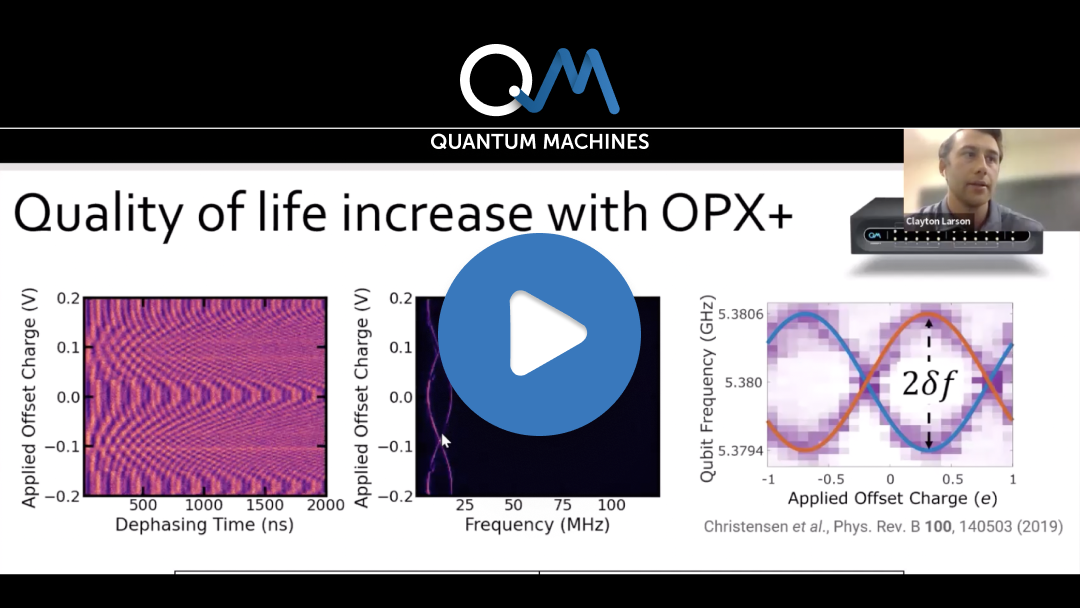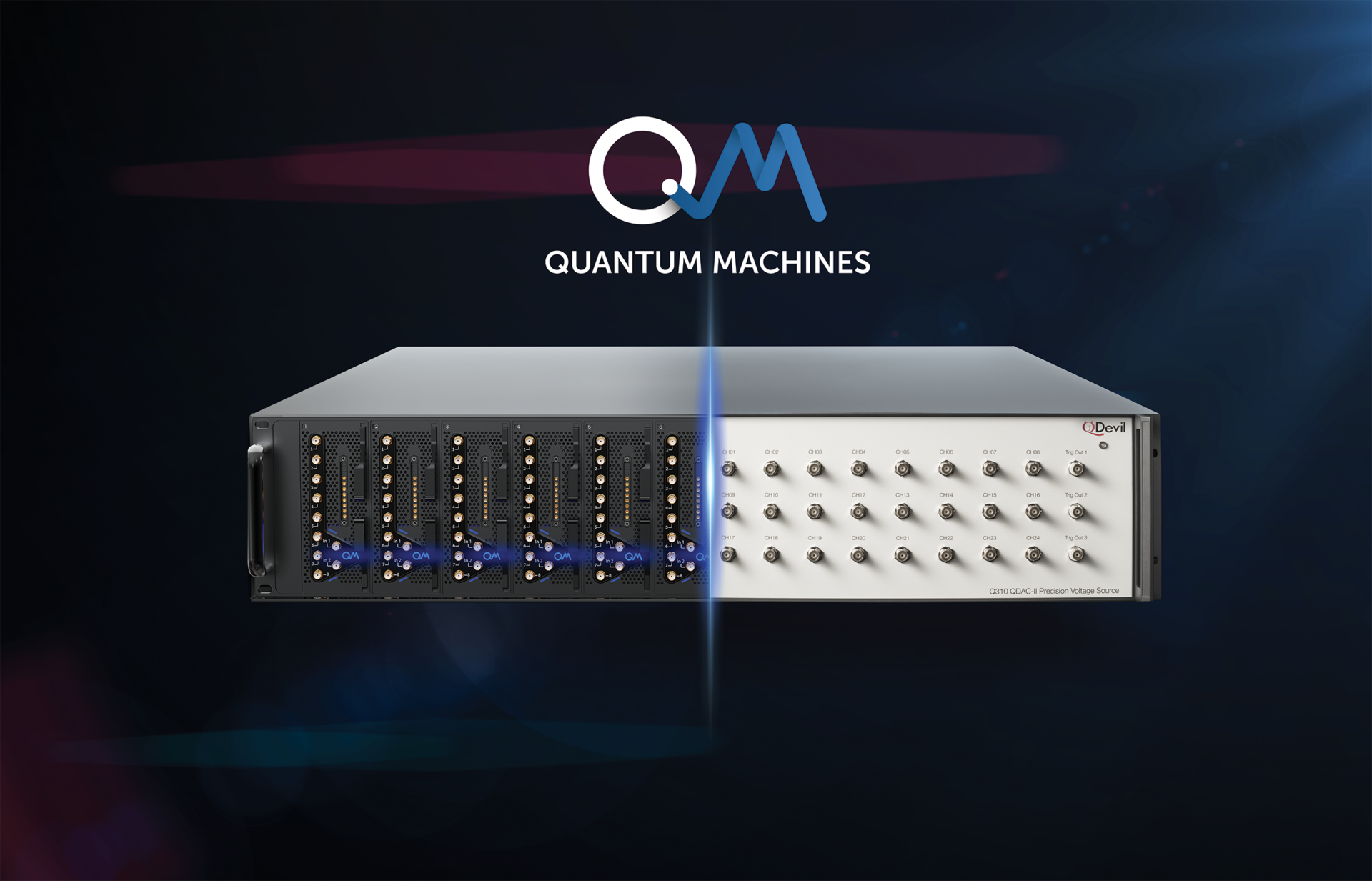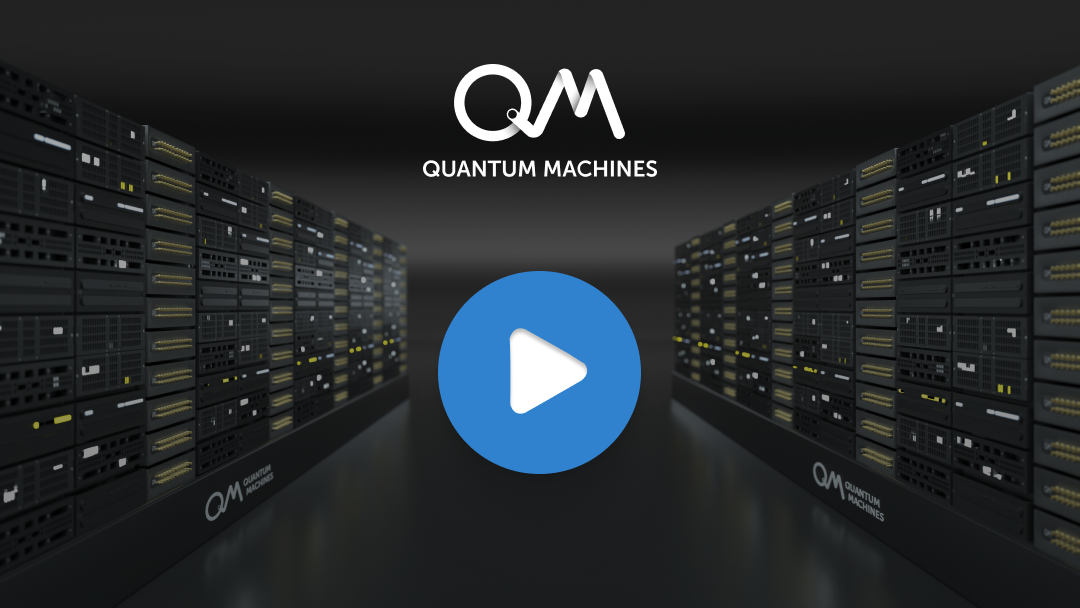
Characterizing Quasiparticle Poisoning in Superconducting Qubit Devices
High-energy radiation impacting a superconducting qubit chip creates a large number of electron-hole pairs and phonons. The dynamics of the electron-hole pairs can change the local offset charge environment for nearby qubits. The phonons produced have energy above the superconducting gap of the ground plane, which allows the breaking of Cooper pairs, leading to excitations above the superconducting ground state known as quasiparticles (QPs). Higher densities of QPs can degrade qubit coherence, leading to errors that are correlated across the array and posing a significant challenge for error correction schemes.
Britton Plourde’s group at Syracuse University uses a gamma-ray source outside the dilution refrigerator to controllably dose their chip through several layers of shielding to study QP poisoning arising from radiation impacts. To quantify QP poisoning, the Plourde group employs a modified Ramsey sequence to measure QP charge-parity switching. The group uses a similar sequence while applying an offset charge bias to conduct charge tomography, which allows them to monitor offset charge jumps. The Plourde group conducted these measurements with the Quantum Machines OPX using multiplexed control and readout on an array of 6 charge-sensitive transmon qubits on chips with various phonon mitigation strategies in relation to their applied dose.
This seminar also covered capabilities included with QOP V2.4 firmware.
Agenda:
Part I (Clayton Larson, Syracuse University): Overview of the advanced quasiparticle research conducted by Britton’s group at Syracuse University
Part II (Dr. Jonathan Reiner, Quantum Machines): Overview of the new QOP V2.4 firmware, and two of its features: Gapless sequences, and an algorithm for element-to-thread assignment.


